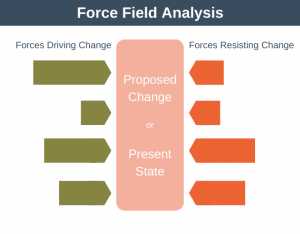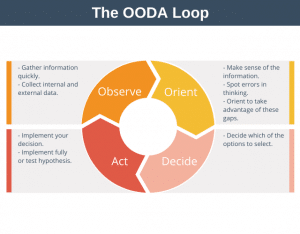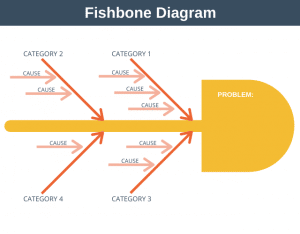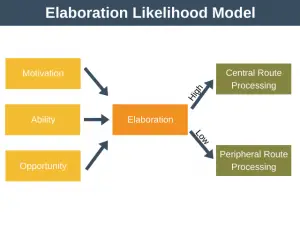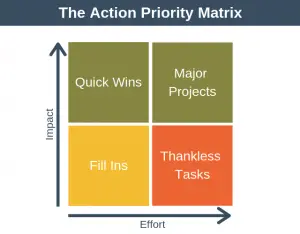The DMAIC model is a problem-solving method used to identify flaws and improve inefficiencies in business processes.
One challenge of day-to-day business is resolving problems. Imagine you run a small business that sells products online, and a quarterly review reveals a significant drop in orders.
In a situation like this, you might look at customer feedback to find and fix the problem. You could also use your experience to try to resolve the problem. But what happens if the problem is complex and resurfaces because you haven’t properly resolved it?
Some problems are more complex than we first think. To solve the problem and get the business back on track, we need a structured problem-solving approach.
This is where DMAIC comes in. DMAIC stands for Define, Measure, Analyze, Improve, and Control. It is a data-driven iterative approach that you can use to improve a process or fix a problem.
DMAIC is Part of Six-Sigma
DMAIC is a core part of the six-sigma quality improvement methodology.
Six-Sigma is a business management strategy that aims to improve the output of processes by removing variation and errors in both manufacturing and business processes. With a focus on continuous improvement, it uses a series of quality management methods. DMAIC is one of those methods.
Bill Smith created Six-Sigma whilst working for Motorola in 1980. The methodology became popular after Bill Welch made it the central focus of the business strategy at General Electric.
The DMAIC Model
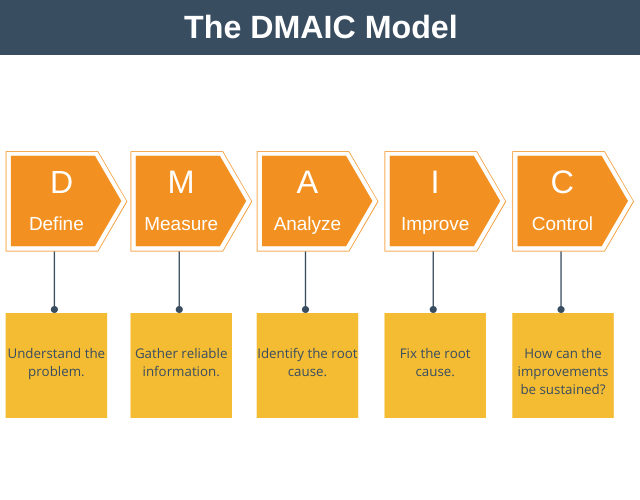
The five steps of the DMAIC model are:
- Define phase: where you understand the problem you want to address.
- Measure phase: where you collect data to help you make an informed decision about what’s causing the problem.
- Analyze phase: where you examine and interpret the collected data to attempt to identify the root cause of the problem.
- Improve phase: where you fix the root cause of the problem.
- Control phase: where you put in place a mechanism to ensure the improvements you’ve made are sustained.
Each step builds on the previous step in the sequence. As you use the DMAIC model and come to understand the bigger picture of an improvement project, you may need to iterate through the whole process or a subset of it several times.
Let’s take a closer look at each step of the DMAIC framework and how to use it in day to day business.
1. Define Phase
The define phase aims to understand the problem and determine the need for a project that resolves the challenge the problem presents. A business problem is most often represented by some financial or performance challenges.
Some questions to ask to define the project are:
- What is the problem?
- How often does it happen?
- What are the current inputs and outputs?
- What is the impact of the problem?
- Who is the customer?
- What is the customer saying?
- Who are the stakeholders?
- Who is on the project team to address the issue?
- What are the goals of this project?
The gathered information is used to create a high-level project plan. This plan becomes the guiding document for the project.
2. Measure Phase
The measure phase aims to gather reliable information to quantify the problem. The data collected in this phase will establish a baseline to compare against improvement later.
Some questions to ask in this phase include:
- How do we measure the problem?
- What is the current process performance?
- What data do we collect to measure it?
- Who or what needs to be surveyed?
- Is the data consistent?
Some useful tools to assist in this phase are basic Pareto charts, trend charts, and process flowcharts.
3. Analyze Phase
This phase aims to find the root cause of the problem under investigation. Some questions to ask when analyzing the project are:
- How does the process work?
- What does the data say?
- How can the data help us understand the root cause?
- How does this affect performance?
- Why are we having problems?
In this phase, you can use tools like brainstorming, fishbone diagrams, or the 5-Whys to help you find the root cause.
4. Improve Phase
The aim of the improve phase is to implement one or more solutions to address the root cause of the problem.
Many different factors can influence a solution, so a well-designed solution most likely to resolve the root cause is what you’re looking for.
5. Control Phase
The control phase aims to ensure that the improvements continue to meet the performance objectives over time.
Ongoing monitoring ensures the process continues to meet your performance expectations in the future.
DMAIC Model Example
Imagine you are a luxury watch manufacturer. Following a quarterly review, you learn that your profit margins are lower than you’d expect but you are not sure why.
You decide to use the DMAIC model to help you to get to the bottom of the problem.
Step 1: Define
The first step is to define the problem as best as you can.
For our example, we know that margins are going down even though the price we charge hasn’t changed. Our aim is to find and rectify the situation quickly.
During this step we also decide to put a team together, representing all the different parts of the business, to investigate the problem and ensure that no stone is left unturned.
Step 2: Measure
Next, we need to collect the data we think will give us the most insight into what’s causing the problem.
For our watch manufacturer, we decide to map out the entire production process and monitor the time it takes to move between each and every step.
Step 3: Analyze
Once we’ve collected all of the data the next step is to analyze it with the aim of identifying the root cause of the problem.
Tools that are frequently used during this step include The 5 Whys and Fishbone diagrams. Both of these tools are useful for finding the root cause of a problem.
For our example, we decide to hold a brainstorming session and use the 5 Whys technique to attempt to identify the root cause of the problem. During this process, we uncover that a stage in the middle of the manufacturing process is taking much longer than we would expect.
Upon further investigation, we find that this is happening because a small but necessary component is often out of stock. When this happens the team creating the watches has to wait until more stock arrives before they can resume the manufacturing process. According to the team, this is happening because the supplier is unreliable.
Step 4: Improve
In this step, we decide how to fix the root cause of the problem. For our example, there are many ways in which this could be done, including:
- Hold more stock to iron out the delivery inconsistencies.
- Switch to a different supplier.
- Create an SLA (Service Level Agreement) with the supplier to ensure you always get stock from the supplier when you expect.
You decide to always hold a high level of stock for the component so that the problem doesn’t happen again.
Step 5: Control
The final step is to ensure that the problem doesn’t happen again, or that if it does happen you know about it almost immediately.
To do this, you decide to hold a weekly review meeting to monitor all of the data regarding how long each part of the manufacturing process takes. If there is a large negative change from one week to another then it will be obvious that there has been a problem and you can step in and take corrective action.
DMAIC Model Template
We have created a DMAIC Model Template in PDF format, which you can use to perform your own DMAIC project. You can download it here.
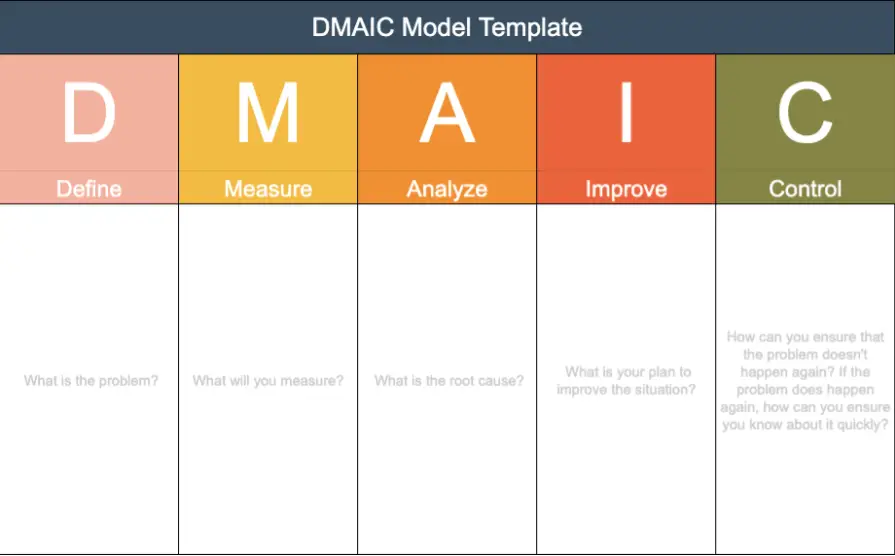
Advantages and Disadvantages
The main advantages of the DMAIC method are:
- The structured approach is useful in any situation where you need to improve a complex process.
- The DMAIC method aims to analyze a process before implementation, and this reduces the chance of fixing the wrong issue.
- It helps to improve team and organization communications. This leads to improved performance overall, and ultimately this can filter through to happier customers.
The main disadvantages of the DMAIC method are:
- A one size fits all approach does not suit an organization that relies on creativity.
- Without awareness, during the implementation of DMAIC, it is easy to become too focused on using the tool, rather than finding the right solution.
- It is cumbersome for simple and obvious problems.
DMAIC Model Summary
The DMAIC model is a framework for fixing a business problem or improving a business process. DMAIC stands for Define, Measure, Analyse, Improve, and Control. It is part of the six-sigma continuous improvement methodology.
Each step follows and builds upon the previous step to define the problem, and then resolve it in a way that will result in lasting improvement.

